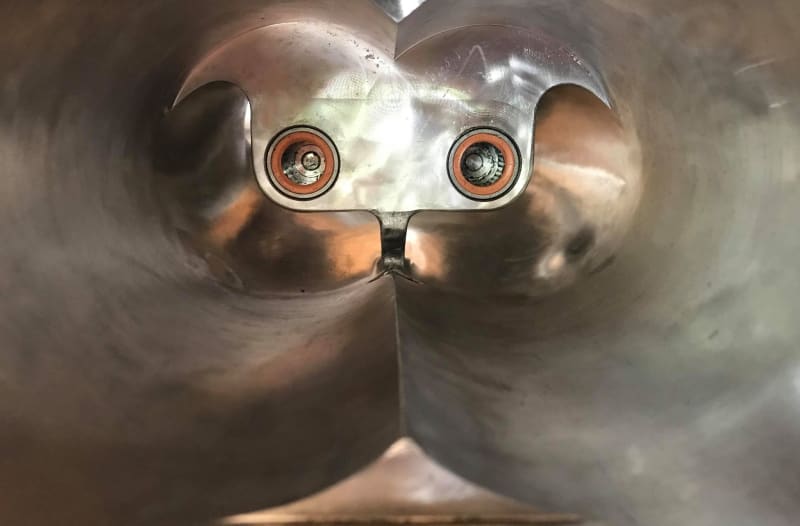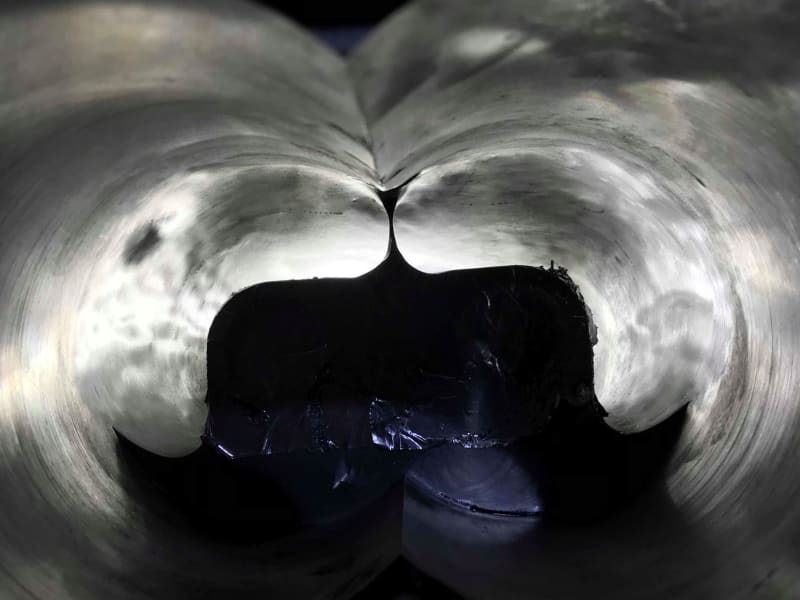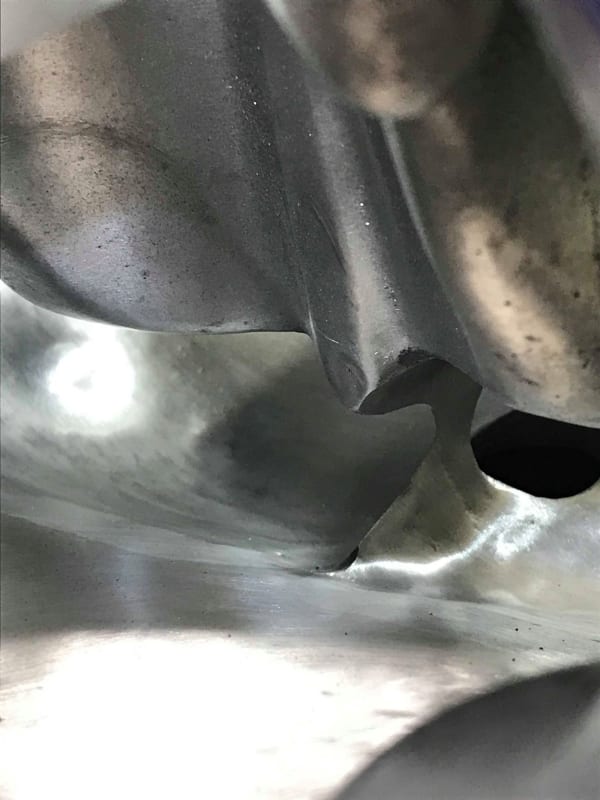SeniorCypress80
Automotive
Hello Community,
I am working on porting and improving flow on a eaton tvs 1320. I know this is a fairly limited charger with the normal constraints of a traditional root supercharger. I am currently porting these and am looking for tips for further the progress of this charger.
Some of the concerns I'm having are:
- Is there such thing as "too much air " entering the charger?
(went from 70mm TB -> 80mm but adapter goes back to 70mm entering S/C. Opened up inlet & on "race" port, edged center support. Also opened up exit ports for post charger.
- my extreme port resulted in drop of 4 PSI using same P/R.
* If my understanding is correct I'm flowing more air and by removing turbulence its moving easier with less restriction, resulting in lower PSI?
what can I do to further improve flow/efficiency?






thread71-162511
I am working on porting and improving flow on a eaton tvs 1320. I know this is a fairly limited charger with the normal constraints of a traditional root supercharger. I am currently porting these and am looking for tips for further the progress of this charger.
Some of the concerns I'm having are:
- Is there such thing as "too much air " entering the charger?
(went from 70mm TB -> 80mm but adapter goes back to 70mm entering S/C. Opened up inlet & on "race" port, edged center support. Also opened up exit ports for post charger.
- my extreme port resulted in drop of 4 PSI using same P/R.
* If my understanding is correct I'm flowing more air and by removing turbulence its moving easier with less restriction, resulting in lower PSI?
what can I do to further improve flow/efficiency?






thread71-162511
